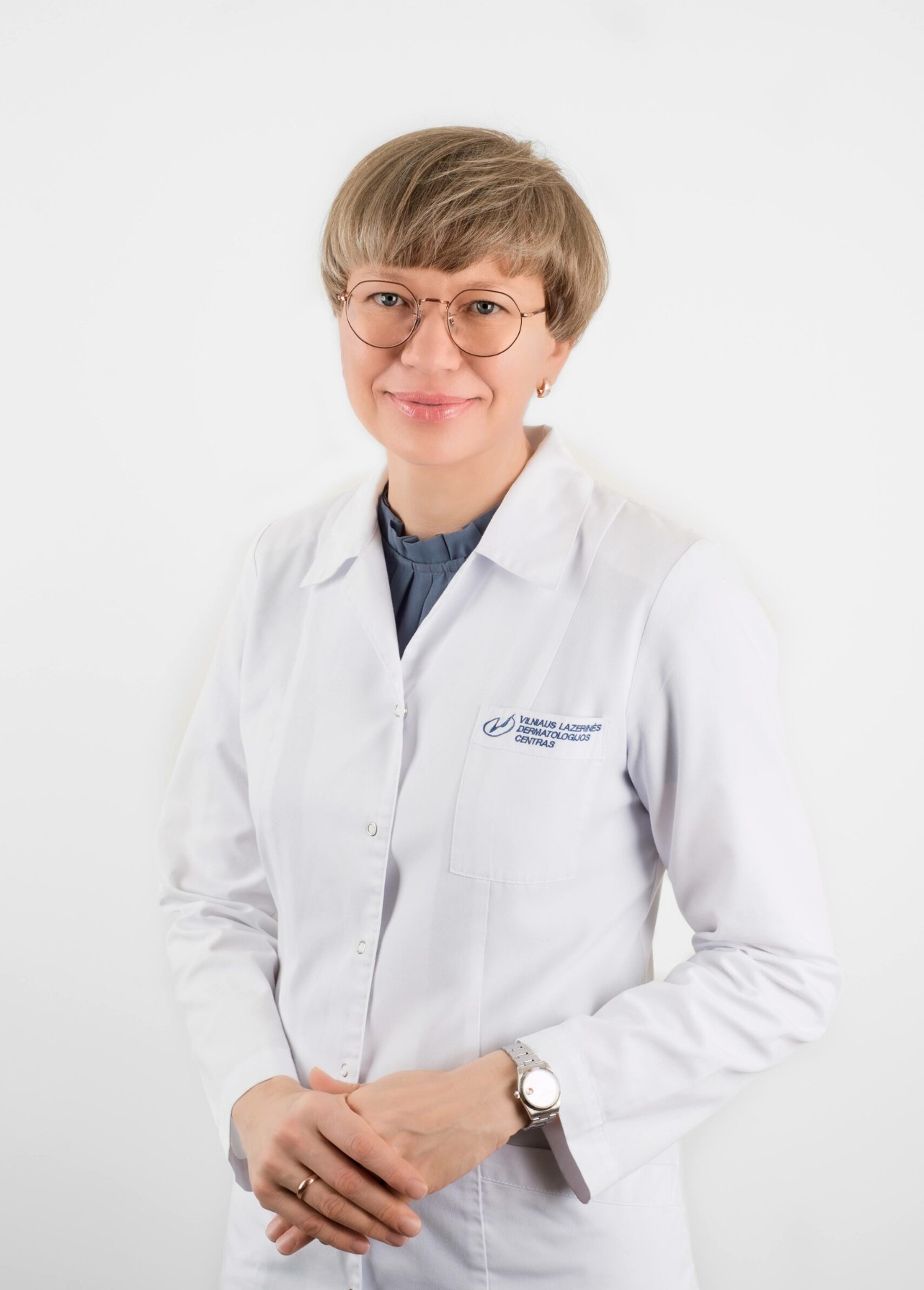Diagnosis of epithelial skin tumours such as basal cell carcinoma and squamous cell carcinoma is easy for an experienced specialist. The first step is to examine the lesion, assess how long ago it appeared, how it has changed, and whether it is causing additional complaints. Non-invasive tests are performed:
- Dermatoscopy is a non-invasive method of examining skin lesions that allows a close look at the structure of the skin lesion. All types of skin cancers have a distinctive architecture that can be seen during dermatoscopy. This examination allows a reliable differentiation between malignant and benign skin lesions.
- Siascopy (spectrophotometric intracutaneous analysis) is a modern, non-invasive (and therefore painless), rapid method of examining pigmented skin lesions based on the interaction of different wavelengths of light with the skin’s chromophores (melanin, haemoglobin and collagen). This method assesses skin changes as deep as 2 mm. The colour images obtained are correlated with the histological characteristics of the lesion. The siascope therefore predicts the risk of malignancy of a particular lesion, which is then used to select the removal method.
Although the clinical picture is usually clear, the diagnosis of cancer must be confirmed by morphological examinations. In medical practice, the following morphological tests are used to diagnose non-pigmented skin tumours:
- Microscopy of tumour cell scrapings and cytological examination. This is the simplest and easiest morphological test to perform and does not require anaesthesia or special preparation. The examination takes a few minutes and patients feel only minimal discomfort. The cytological examination assesses the cells and their structural changes that occur in the presence of oncological disease. A correctly performed cytological examination is of great diagnostic value. If the findings of the cytological examination do not agree with the clinical diagnosis, the examination may be repeated or a skin biopsy and histological examination may be performed. The procedure is performed under local anaesthesia. Depending on the size of the tumour, an excisional biopsy (where the whole tumour is removed) or only a small piece of the lesion is taken, with further treatment planned according to the findings of the tests.
- A skin biopsy is a more extensive invasion, so the wound is sutured and dressed. It is an outpatient procedure, so the patient can go home the same day. Histological examination is the gold standard for confirming a diagnosis of skin cancer. The accuracy of this test is as high as 99.7%. The pathologist’s report provides a definitive diagnosis, specifying the shape of the tumour, the degree of differentiation, the depth of invasion and other specific parameters that are necessary for treatment planning and follow-up.




